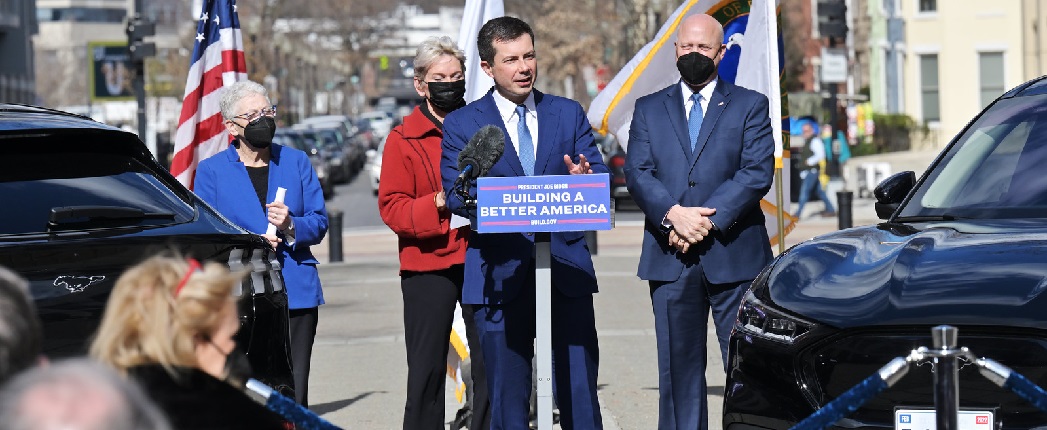
The winds of change in the North American car market blow harder as recent state and corporate modernization steps signal deeper electric vehicle penetration among the continent’s motorists. This in turn transforms the lubricants and fluids market as well.
The number of EVs of all kinds on U.S. roads almost doubled to 1,456,867 in 2021 from 783,477 in 2020, according to Cox, the automotive data company. The trends in Canada are similar.
“In Canada, zero emission vehicle trends remain strong and in 2021, one out of 20 new vehicles registered there was a zero emission,” IHS Markit, the financial data and information services company, noted in a Feb. 4 automotive insights analysis. “The share of these vehicles climbed to 5.6%, up from 3.8% in 2020, while total battery EV volume increased by 51% year-on-year.”
About 200,000 EVs and plug-in hybrids were on the country’s roads in 2021, according to Statistics Canada.
The United States Departments of Transportation and Energy recently announced the National Electric Vehicle Infrastructure Formula Program, a nearly $5 billion state subsidy project for setting up a national charging network across America.
This is an important step toward making EV charging accessible to all Americans, the Federal Highway Administration said in its Feb.10 news release.
“The program will provide nearly $5 billion over five years to help states create a network of EV charging stations along designated alternative fuel corridors, particularly along the interstate highway system,” the administration said.
In the second half of 2021, five states – Massachusetts, New Jersey, New York, Oregon and Washington – announced they have formally adopted the California Advanced Clean Trucks policy, requiring truck manufacturers to increase their zero-emission truck sales to 30% to 50% by 2030. The standard increases to 40% to 75% by 2035. California adopted the rule in June 2020.
In the private sector, Valvoline, a U.S. lubricant maker and fast oil change company, recently launched several new services aimed at EVs in some of its retail outlets. The new service is similar to that offered for conventional vehicles and includes inspection and maintenance of batteries, tires, keys, air filters and wipers in addition to state safety testing.
All these efforts have prompted market observers to rethink the role lubricants have in the automotive sector. Put simply, the strong link between cars and lubes is diminishing.
“How will EV adoption affect the lubricants industry? … The rate at which BEVs enter the market will determine how quickly the U.S. market for engine oils declines,” writes Steve Swedberg, columnist at Lubes’n’Greases magazine.
The EV propulsion system is fundamentally different from that of traditional cars’ internal combustion engine and multiple-speed transmission. It requires much less oil for the electric motor lubrication and fluids for the gearbox, which is usually single-speed. For EVs, these products are being reformulated and are primarily used for insulation and battery thermal control.

Sorry, a technical error occurred and we were unable to log you into your account. We have emailed the problem to our team, and they are looking into the matter. You can reach us at cs@lubesngreases.com.
Click here link to homepage